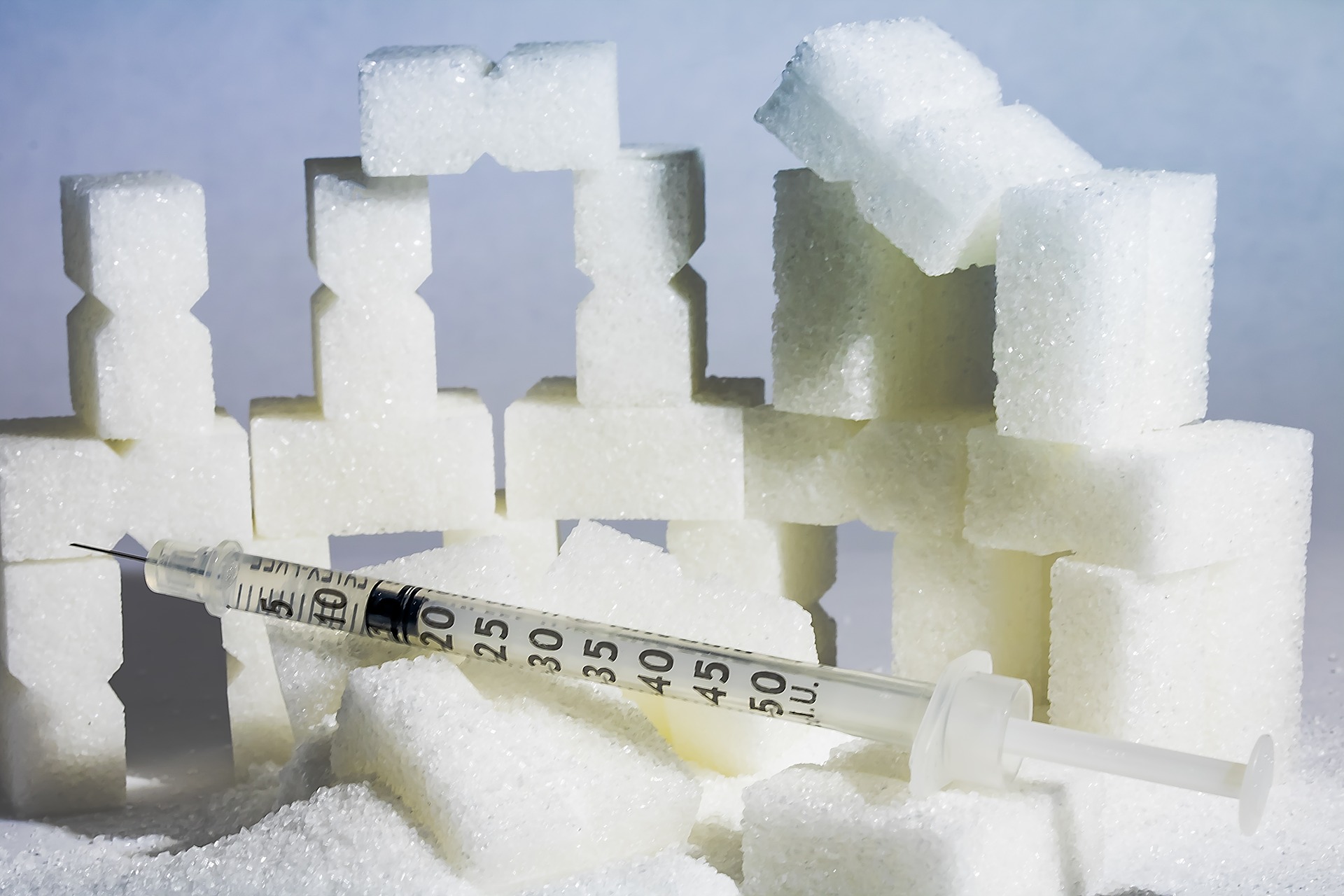What is Insulin?
Insulin is a highly anabolic hormone that is made by the pancreas and is released into the blood whenever there is a presence of sugar (glucose), generally after you eat. Insulin helps regulate your blood sugar levels, stops it going too high or too low.
Where does the blood sugar go?
The glucose in the blood stream is used for energy and whatever glucose isn’t used is then converted to glycogen and stored in the muscle, liver or as fat for it to be used when needed. Your liver and muscle can only store a certain amount of glycogen, once they’re full the remaining is stored as fat. Insulin basically holds the keys to the doors to the cells in your body, insulin attaches to these cells and unlocks the door so it can absorb the sugar from the blood stream.
Insulin resistance, what is it? How does it happen?
Insulin resistance happens when the cells in your body no longer respond the way they should when there is a presence of insulin. Remember, whenever there is sugar in the blood insulin needs to be produced to deal with it. Insulin resistance is most common in overweight or obese people due to poor diet containing excessive amounts of sugar, when this is the case the body must continually produce higher amounts of insulin to be able to regulate high blood sugar levels. It eventually gets to the point where there can’t be enough insulin produced to cope with the high demands which means some glucose is left in the blood leading to hyperglycemia (high blood sugar) which almost always eventually leads to type II diabetes.
Diabetes
There are two types. Type 1 is when the pancreas is unable to produce insulin and will need to be administered which is usually genetic. Type 2(the most common type) is when the pancreas produces insulin but not enough required by the body, this is generally brought on by lifestyle factors such as poor diet and minimal to no exercise, usually associated with obesity, Type 2 has to be controlled through diet, exercise and sometimes medication. There are many physiological issues that come with diabetes, one major issue is insulin resistance, meaning that cells don’t respond to insulin as they should and the body is more likely to store food as fat, this is just one of many side effects of insulin resistance.
How can we take advantage of insulin?
We can take advantage of insulin by being clever in how we time our carbohydrate consumption, if we consume our carbohydrates around training time only and concentrate the rest of our meals around healthy protein, fats and veggies we increase our insulin sensitivity. High insulin sensitivity means that cells have a strong response to insulin and are primed for absorption. Insulin is the most anabolic hormone in the body and when released at the right time can create a great environment for new muscle growth improved body composition and increased performance.
This is known as Nutrient Timing, contact us if you’d like to know more about this.
Thanks for reading,
Schembri PT Team

